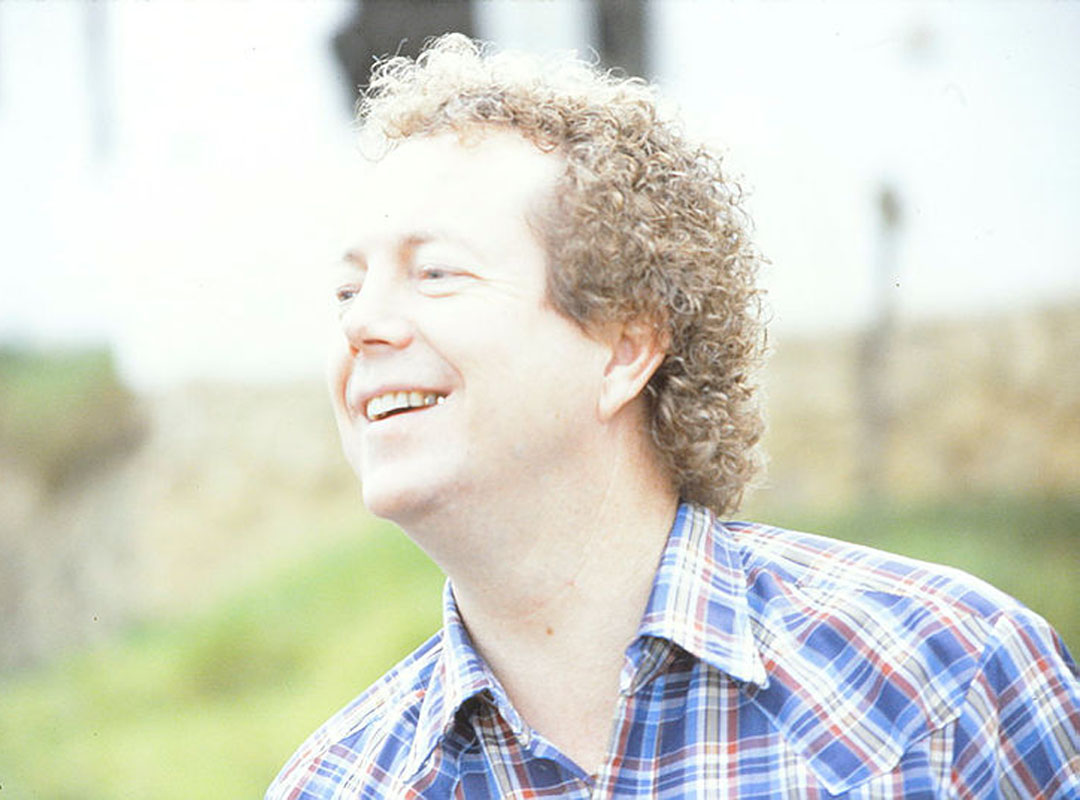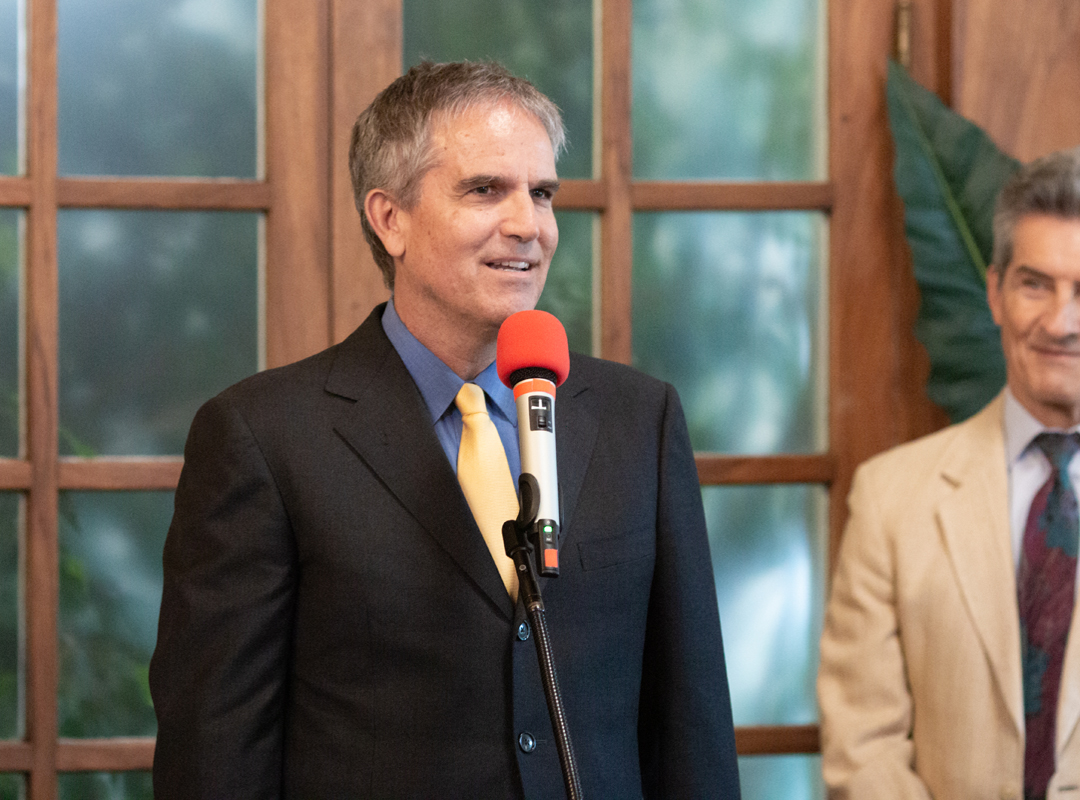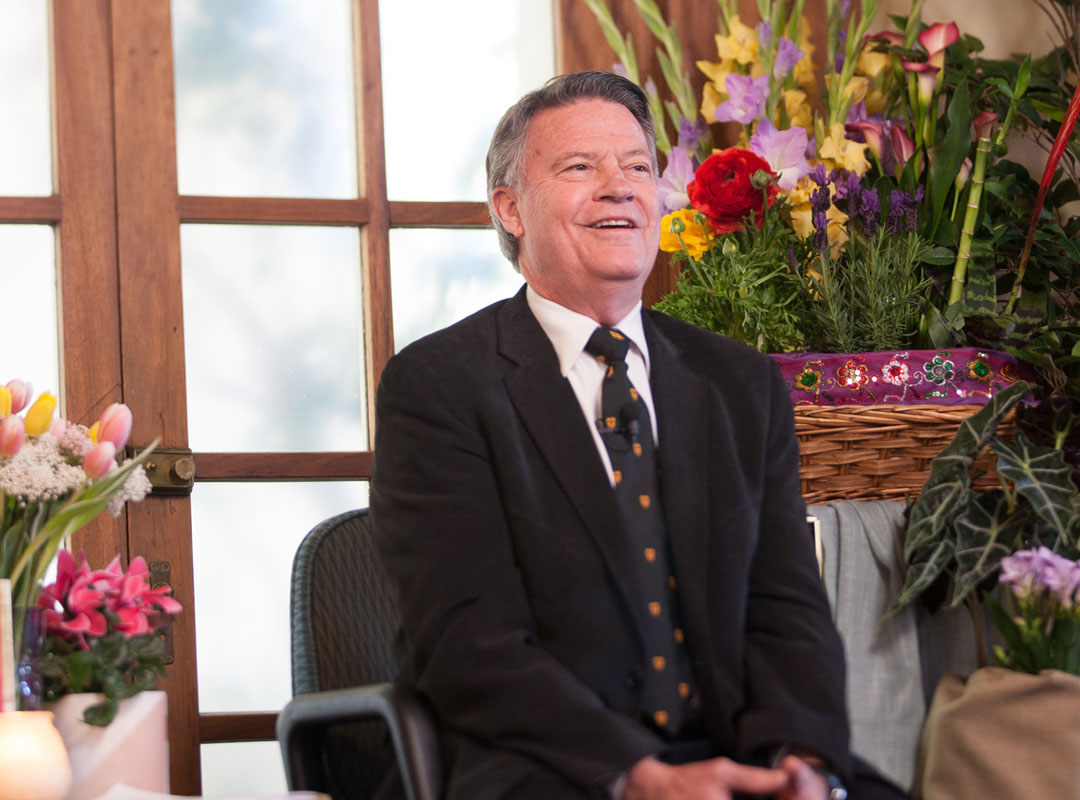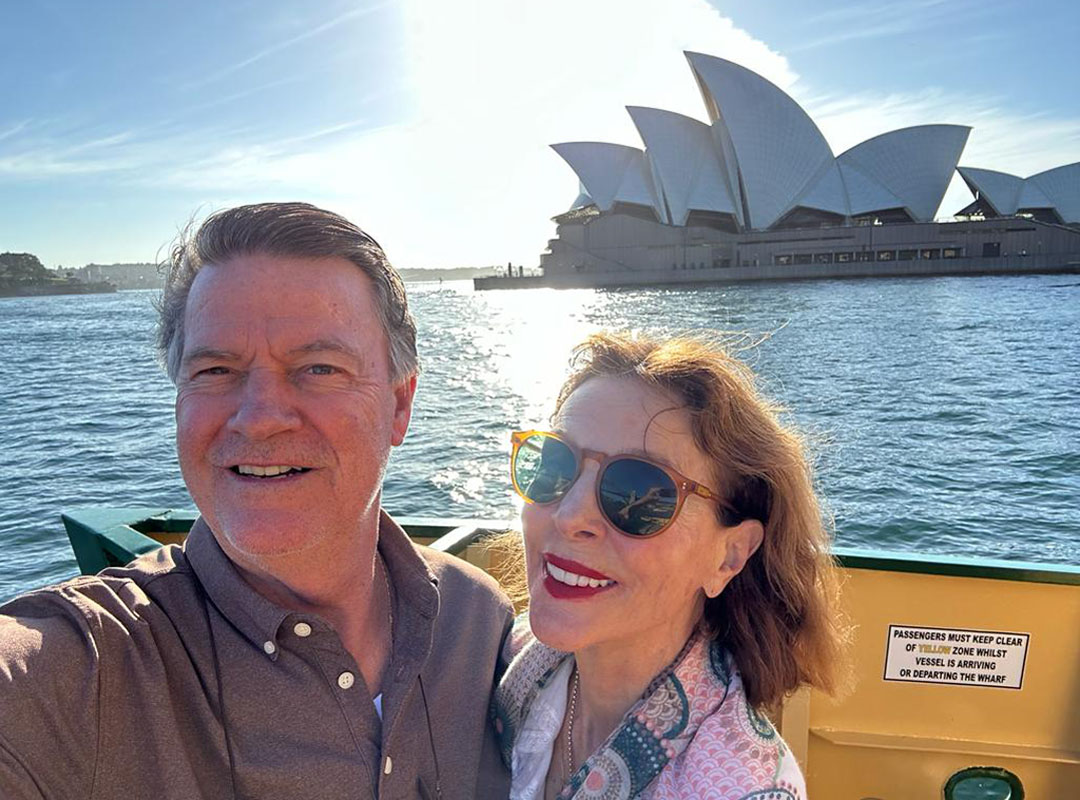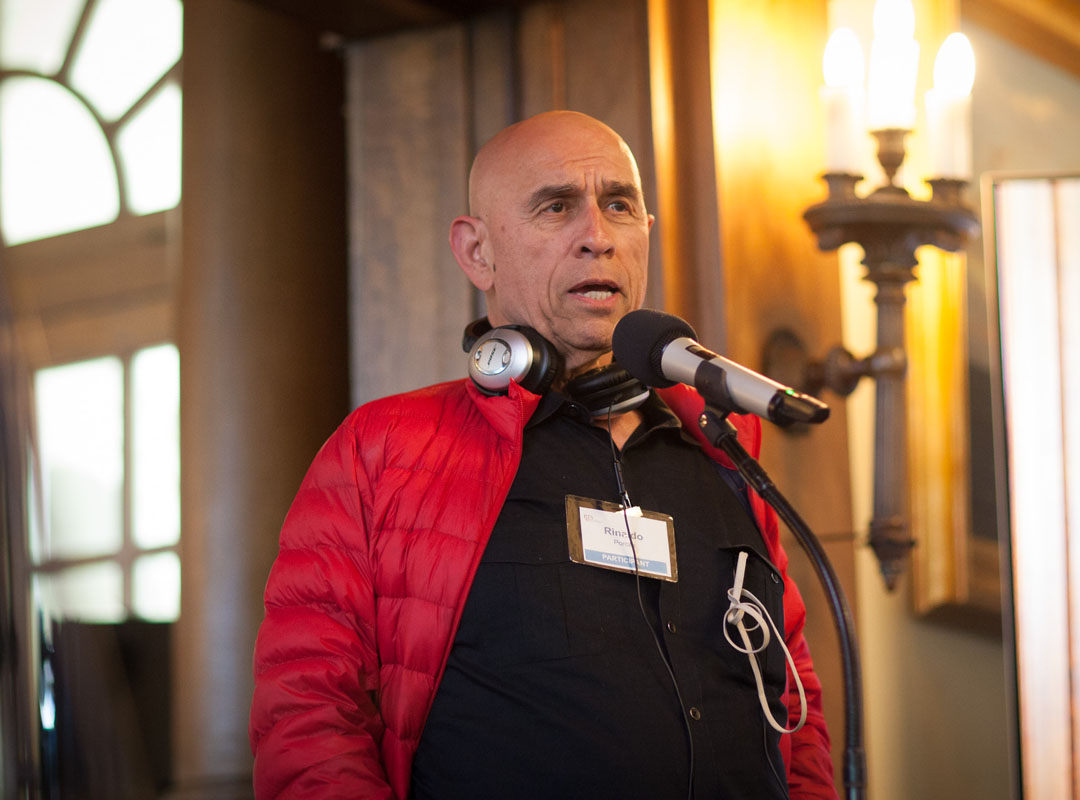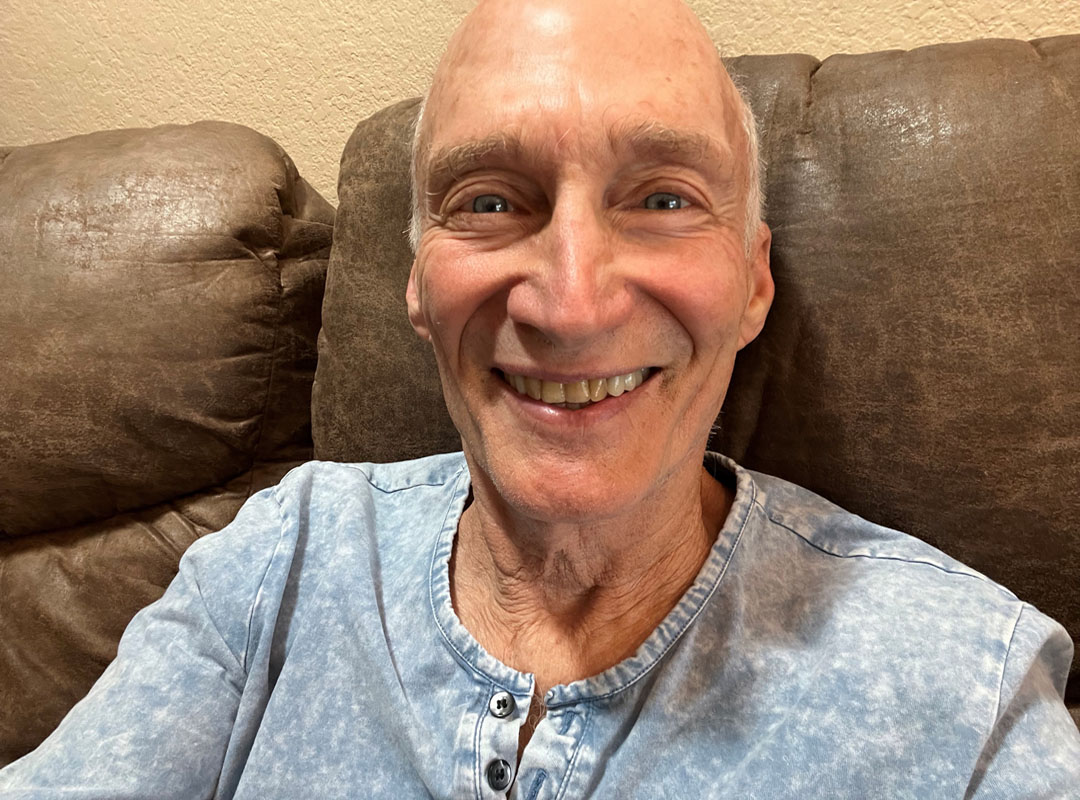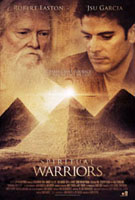 TITLE: Spiritual Warriors
TITLE: Spiritual Warriors
DATE : (2006, USA, 99 mins)
REVIEWED BY : Carl Schroeder (www.mysticalmovieguide.com)
GOOD : Yes YES
FIND : Rare
GENRE: Drama, Fantasy/Sci-Fi, Horror
THEME: Afterlife, Altered States, Dreaming, Evolution, God and Soul, Higher Friends, Incarnations, Myth/Religion, NDE/OBE, Negativity, Powers of Spirit, Soulmates, Spirits, Synchronicities
PLOT: Guy in trouble gets his life together with past life revelations from a personal guru: An arrogant out-of-work actor in Los Angeles named Christopher Finn is delivering drugs for his crime boss friend Joe to make some money. When he’s pursued by the cops, he finds shelter in the palatial home of a funky old guy with a long white beard named Roger. In Roger’s presence, Finn has past-life flashbacks to other times when he was pursued and killed, as well as an earliest memory of being in Atlantis with a gentle King who was his father and a beloved sister named Athena. Finn leaves stunned, and begins to act different. He tells his girlfriend Claire that Roger was his father, he tells Joe that he’s quitting drug running (earning him a beating), and he’s discombobulated at his acting class, where his coach tells him to stop hiding his emotions. Roger then takes Finn to Egypt for an initiation process by spirits, which takes the form of dramatic visions, atop a pyramid, in a desert where a Pharonic mystery school existed, and at the cliffs of Petra, where Finn sees himself getting hanged with another boy for stealing. Finn returns jovial to America dressed like an Arab, spouting love and interfaith wisdom. Claire is upset. Finn realizes that Joe was the boy who got him hung, and thus embraces Joe with forgiveness when he comes to shoot Finn. Finn is critically wounded, but in the hospital has a near-death out-of-body experience in which he sees that Claire was Athena. Finn returns to his body miraculously healed, then introduces Claire to Roger, who helps the two reconcile some conflicted past lives and realize their full love for each other. Finn had a vision of a space city with a little boy he loves, so he knows good future lives are ahead as well. But soon Claire dies, and Finn is depressed until he decides to move into Roger’s mansion and study spiritual practices with him. Finn becomes able to work with energies, and goes with Roger to the desert where they face the devil who killed the King in Atlantis. The Prince of Darkness kills Roger, but Finn triumphs and visits Roger in heaven before returning to Earth to continue the spiritual warriorship, which involves making confident choices about where to focus internal attention even when the external reality is distracting.
REVIEW: Spiritual action flick crosses genres for mystical adventures in episodic plot: Whenever you see a highly ambitious independent film like this, complete with a special effects budget bigger than many entire indies and some well-known people contributing their talents, you can be sure there’s an interesting story behind the scenes. In this case, the producers are at least as metaphysically intense as the film itself, which raises expectations (and responsibility) for the movie’s impact and message. The lead actor Jsu Garcia co-wrote the script with executive producer Dr. John-Roger, a financially successful spiritual leader whose organization the Movement of Spiritual Inner Awareness (MSIA) was founded in 1968 and to which Garcia has belonged for over twenty years. This pedigree brings to mind the relationship between the New Age hit “What the Bleep do We Know?” (2004) and the spiritual leader JZ Knight, who channels discarnate teacher Ramtha, who consulted the Bleep’s filmmakers on how to make the money that they should then pour into that project. Now, Dr. John-Roger started life as just Roger Hinkins, born to a Mormon family in 1934, but in the 1960’s he immersed himself in numerous California subcultures, including New Thought spiritualists and the yogi-derived Eckankar teachings of Paul Twitchell. Roger clearly had his own internal source of inspiration too, since in 1963 he had a near-death experience from a car accident which left him with heightened psychic powers. The source of these powers led Roger to his own higher consciousness which called itself John the Beloved, implying that Roger is the reincarnation of Jesus’ disciple St. John. And why not? There’s an Oregon businessman turned spiritual leader named Nick Bunick who says he’s the apostle Paul, and he has yet to make a movie (Nick’s the guy who does the tricks with seeing 444 everywhere to indicate the presence of angels, ie. spirit guides, which could make for some dramatic cinema).
By 1971, MSIA became incorporated and Dr. John-Roger was a full time guru in his own right, giving (or selling) many seminars and eventually authoring (or co-authoring) dozens of bestselling books including Spiritual Warrior: The Art of Spiritual Living, the principles of which are supposed to be illustrated in the movie. And indeed the film has some nice quotes, on intertitles that introduce thematic chapters, mostly having to do with everything you need is on the inside of you, so don’t get lost in the outside stuff. Nice validations, sometimes poetic, not particularly original but who says truth and inspiration have to be original? So whatever you think of New Age channelers and their entities, they clearly know how to make the money and connections that support semi-major film productions. But are the films thusly made any good? Yes, they are, in a genre kind of way, with Dr. John-Roger’s film being one of the wackiest, gutsiest, and most entertaining. It’s gloriously imperfect, and worth seeing, because it raises and encapsulates a lot of issues (that’s why this review is long.)
“Spiritual Warriors” is a wild and wooly kitchen sink movie, made under the apparent philosophy that more is better. This is debatable since the film is great fun but also somewhat disjointed with more flashbacks, flashforwards, character types, and story devices than one can count. Sometimes the complexity adds welcome depth, as when Finn’s crime connections first suggest that he’s little more than a mobster, but we soon appreciate that he’s an aspiring actor with ego problems who ran drugs for both financial and karmic debts. There’s actually some pretty good acting and scripting to make the multiple facets fit together, leveraging snappy humor and the lovable eccentricity of the palace-dwelling hippy santa claus Roger, the kind of guru anyone would love to call their own (he’s played by the remarkable character actor Robert Easton whose impressive Hollywood resume goes back more than five decades.)
Problems arise with the piling on of narrative tricks, like erratic use of documentary style voice-overs for Roger’s inspirational philosophies (i.e., Dr. John-Roger’s), in combination with fast-paced montages covering Finn and Roger’s travels to Egyptian pyramids and the Jordanian city of Petra, combined with explosive past life visions and facial dissolves to hint at who is who in the present life, sandwiched by a weird overarching story wrapper of Finn remembering the entire movie to an un-introduced therapist who turns out to be the devil(!) In some circles such hyperactivity would constitute great camp — marks for, not against — and being myself tolerant of naive filmmaking I was generally pleased, and only sometimes baffled. Most audiences won’t mind the madness anyway because it’s all so imaginative and well crafted (the cinematography in North Africa can be downright gorgeous), but I can’t help but notice enough tangents going on here to suggest 10 different films.
Most jarring to me was when the love interest faded in and out of the scope of our hero’s destiny. The casual girlfriend that Finn leaves to visit Egypt becomes the Atlantean soul/bedmate on return, just before she’s the reason for Finn to run slo-mo down the street yelling the proverbial “Nooooo…!” toward the classic unforeseen car crash. I don’t really buy Roger’s explanation that Claire had to die because her work on Earth to awaken Finn was done. Their relationship should’ve been just beginning… but then I disagree with some people’s New Age attitude that everything happens for the best. I think everything happens for a reason, but not necessarily for the best reason. Humanity’s responsibility is to make human reality more fair and just, not to welcome from higher detachment whatever someone’s ignorance or recklessness may cause. I won’t hold a philosophical grudge here though, because tragedy does throw people for a loop in life, and the film has a way of (usually) returning to lovely transcendent spiritual images. After she dies, Claire makes a beautiful heart-opening appearance to Finn in a dream, to reassure her beloved she’s gone ahead to prepare them a home (presumably this is the outer space city and child that Finn saw in another vision, which is in turn presumably the place that the Atlantean king said was their spiritual home, although it looked too barren and oxygen deprived for my liking).
After Claire is gone Roger is also good enough to remind Finn that nothing ever dies, which is important since soon he too will be killed, in the final confusing montage of astral and physical events that comprise the confrontation with that old nemesis brother/lover/enemy, the Prince of Darkness (whatever that is). Roger’s decapitation is gratuitously explicit, but apparently desirable to make clear that his body really dies, so we can deduce that Finn’s next conversation with Roger is in heaven.
The whole devil thing is something of a fifth wheel for the film, and will be a turn-off for some audiences. We’re told that a cosmic return to confronting evil was begun in Atlantis, but little more than that is explained or justified. Maybe we’re supposed to buy the book to find out what MSIA followers really believe about evil, or maybe things are as simple as presented (looks like a case of lower astral thoughtform infestation to me). While the devil generally brings to storytelling a rich metaphorical tradition, the film’s inspirational quotes don’t clarify what it means to battle the Prince of Darkness beyond comic-book violent showdowns (intertitles simply say “the devil often takes the form of a gentleman” before Finn falls for the she-devil, and the line doesn’t fully fit). The Atlantean king did say that there’s light within evil (which can mean different things to different people), and the Prince of Darkness gets exploded in purple light after the hero launches astral-resurrection style out of his skewered body. But then Finn meets the devil again when he decides to return to Earth to carry on the spiritual work, implying that Armageddon is still building on this treacherous plane. Not exactly the stuff of world peace.
I’m reminded of Gnostic fears that this world is a tainted place ruled and/or created by a false god called the demiurge. In a spectrum of attitudes, from fundamentalists terrified of Earth’s wicked temptations of the flesh, to Scientologists desperate to free themselves from what they see as this prison planet, we can trace one lineage of a certain incarnational anxiety or phobia. So my personal hunch is that the filmmakers are reincarnated apocalyptic Gnostic buddies. That’s why there was all that Egyptian mystery school stuff, and you know those Gnostics were infamous for being wise and thoughtful until the topic of End Times came up, then some of them would get rather hysterical (think: the roots of Christian revelation). Many Gnostics, Jews, and other mystics also believed in reincarnation, which New Agers like to say would have been a Bible teaching if it weren’t for the Bible editors at some council in the 6th century or so. That’s highly debatable for those who trouble themselves with facts; more likely reincarnation was already censored by that time with the assumption, still annoyingly dominant today among Christians, that reincarnation is somehow bad for morality and judgment — a line of reaction which suggests to me that Christ was right in trying to teach those who would be attracted to him about forgiveness, they would need it.
Certainly a major theme of the movie is learning to live with past life flashbacks, particularly those full of betrayal and killing and dying and loving. Learn to spot the bad people in your life that you’ve been a sucker for again and again, and go to those with whom you have past life love and future destiny. This message can be inspiring, validating, and also familiar; in the unparalleled classic “Out on a Limb” (1987) Shirley MacLaine had to learn to stop hanging around the same man who always spelled low self-esteem. But neither film warns responsibly that it’s also possible to get lost in past life stories. They may seem initially cathartic, but compound in delusions of grandeur and wish fulfillment (and ironically diminished responsibility) because, frankly, past lives don’t originate anything. Don’t pass the buck; past lives only give additional faces on what we are doing right now. In any case, reincarnation wisdom is not what the movie ends on after all, since the Prince of Darkness is presented so literally, wreaking disturbing violence and havoc. So, I’d like to give the film more symbolic due, and sure enough many gentler scenes pay homage to virtues of meditation, forgiveness, love, art, etc. But often it was hard to tell what’s supposed to be happening in which reality — and thus what messages to take home — especially given all the bursts of (often violent) special effects.
Is this much chaos a taste of authenticity, since the spiritual awakening experience can be itself so confusing and distressing? Well, sort of. My friends and I have had past life flashbacks, synchronicity filled journeys, dizzying enlightenment perspectives, and out of body experiences, but thankfully most are more subtle and subjective than Finn’s. I mean, I can do without being levitated and sealed into a sarcophagus for a vision quest in Egypt, or being tricked into a rendezvous with a succubus before giving away all my possessions to prepare for an apocalyptic showdown in the desert with a giant demon, can’t you? Which is why this movie actually has more in common with Hollywood than not.
“Spiritual Warriors” is alternative action entertainment, a baroque roller coaster ride of heartfelt metaphysics teamed with blockbuster ambitions. I’m reminded of the over-the-top inspiration of “What Dreams May Come” (1998), a spiritual cinema milestone that the lower-budgeted “Spiritual Warriors” could be compared to for New Age marketing purposes. Although for my money, “Spiritual Warriors” appeals more to my fondness for funky myth-reworking odyssey films like “The Legend of Hillbilly John” (1974) or the Sinbad films that Ray Harryhausen worked on (come to think of it, a retro stop-motion monster could have been both fun and symbolic, more so than computer graphics). With the proliferation of special effects software, Christian film companies are also increasingly producing literal and often gory allegories for apocalyptic spiritual journeys, but “Spiritual Warriors” is wiser and more erudite than most of that stuff, thank God. If anything, the whiz-bang outrageousness of “Spiritual Warriors” fits in with those Asian and Indian films that routinely feature reincarnation and spiritual practices on wild rides of cinematic excess, borrowing freely from comedy, romance, religion, and horror, all to entertain higher. What “Spiritual Warriors” lacks in kung-fu or warring celestial pantheons, it makes up for with medieval knights and dueling laser swords straight out of “Star Wars” until the bad guy morphs into hell’s own Godzilla. Come on, these guys must have a sense of humor. For a genre that too many already make fun of, spiritual cinema’s got a new and unruly prodigal son. Anyone up for a midnight movie of the soul, a cult film of the heart? Dir. David Raynr, writers Jsu Garcia, Dr. John-Roger, stars Jsu Garcia (Christopher Finn), Robert Easton (Roger), Shyla Cruize (Claire), Stephen Swan (Dark Prince), Leigh Taylor-Young (Psychiatrist).
All Original Writings Copyright







